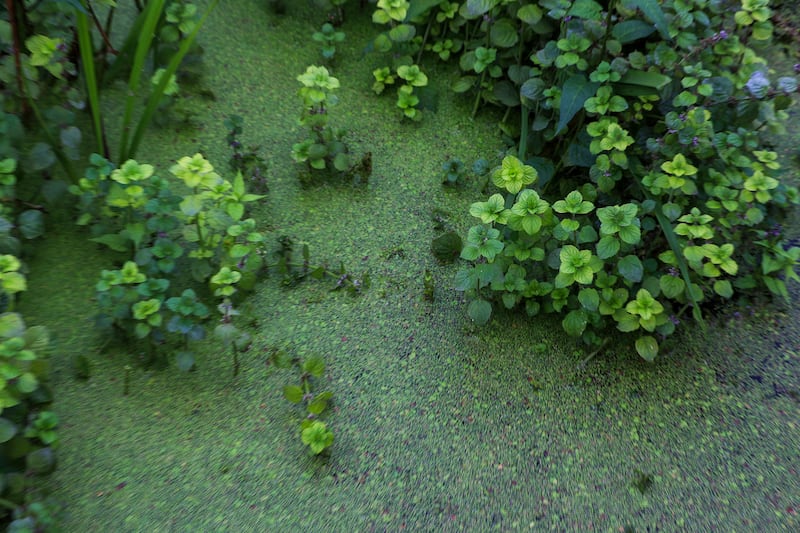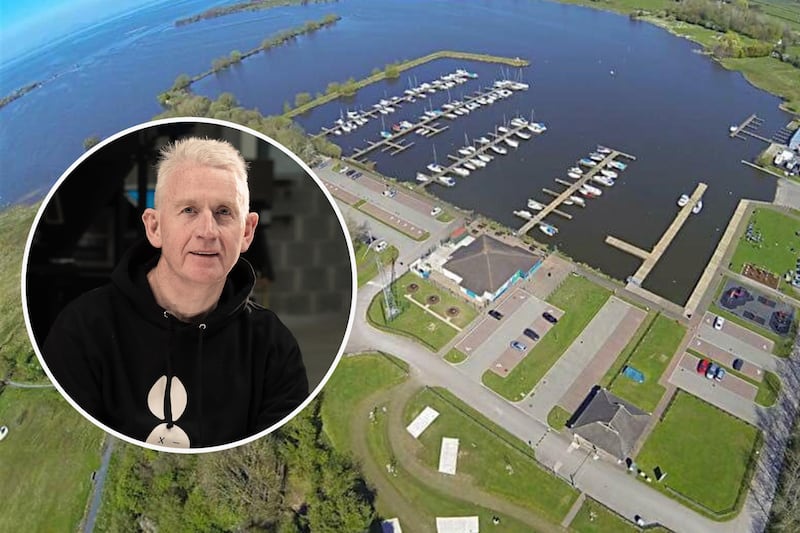There has been much public commentary over recent weeks, in both print and broadcast media, about the horrendous environmental degradation of our largest inland lough, Lough Neagh.
It is home to important wildlife species, shore communities, and a vital natural resource in terms of water supply, the local fishing industry and recreation.
Most of the narrative has correctly focused on neglect and lack of proper governance at executive level around this and other environmental issues. It would be unfair however, not to acknowledge the efforts of the Lough Neagh Partnership, established in 2003 to help sustainably manage and conserve the lough, its shores and islands. This coalition of stakeholders comprises local communities, landowners, fishermen, and local councils.
Read more:
Weekend Plans? Irish rugby, The Exorcist, Brent geese and artistic diversity
Getting to know TV weather reporter Geoff Maskell
Take on Nature: Waiting on nature's mischief
Together with other non-governmental organisations this collective has, where it could, carried out much good work trying to protect the lough’s natural environment, while promoting its tourist potential. The conservation work includes important monitoring of summer and wintering bird populations, and habitat management on its islands and shore.
Seamus Heaney, very familiar with Lough Neagh and its environs, wrote of the area’s importance to the local fishermen and eels in his collection Into the Dark (1969).
In Beyond Sargasso, one of seven 'Lough Neagh’ poems, he writes of the eel: "...he buries his arrival beyond light and tidal water/investing silt and sand/with a sleek root..."
Lough Neagh from the Irish, Loch nEachach, ‘Eochu’s lough’, is a place of international importance due to large numbers of visiting whooper swans, ducks and waders in winter, as well as pochard, goldeneye, wigeon, teal, lapwing, curlew and scaup.
In summer regular breeders include the elegant great crested grebe and tufted duck along with common terns and black-headed gulls on the islands.
Because of its rich biodiversity, Lough Neagh holds important conservation designations including Ramsar Site, Special Protection Area and Area of Special Scientific Interest.
Heaney also points to one of several legends about the lough’s formation, when he refers to it as "the scar left by the Isle of Man", from the legend of Fionn Mac Cumhaill throwing a chunk of land at his Scottish enemy, leaving the hole which filled with water to become the lough and the hurled earth landing in the Irish Sea forming the Isle of Man.
Read more:
Ulster University researchers map 193 years of the north of Ireland's coastline changes
It is difficult to comprehend how such a vast body of water, so important in terms of ecology and human welfare and which holds significant designations, has been defiled by this explosion of toxic blue-green algal blooms.
The causes are well known by now: growing populations of zebra mussels over the last two decades; increased pollutants such as nitrates; phosphates and sewage from run-off; and discharges into the lough and its catchment.

Add warmer temperatures and conditions are perfect for the growth of tiny bacteria which bunch together to form the algae blooms from which dangerous toxins come.
The priority now is to begin to remedy the current crisis and prevent a similar event recurring. This will require mature governance, with a standalone environment minister who has a sense of the intrinsic value of our natural wild spaces and preferably one who accepts human activity is contributing substantially to global warming and its damaging consequences. Maybe also one who understands that our planet is more than a 6,000-year-old creation.
Establishing an independent Environmental Protection Agency, with powers of investigation and enforcement would also be prudent.
All this could help ensure the common sight recounted by Heaney in his poem, At Ardboe Point, remains a regular occurrence in the future:
"Right along the lough shore
A smoke of flies
Drifts thick in the sunset."







